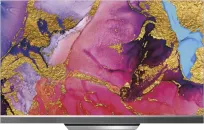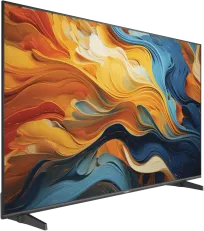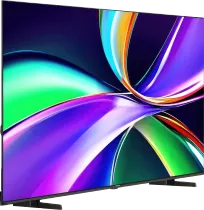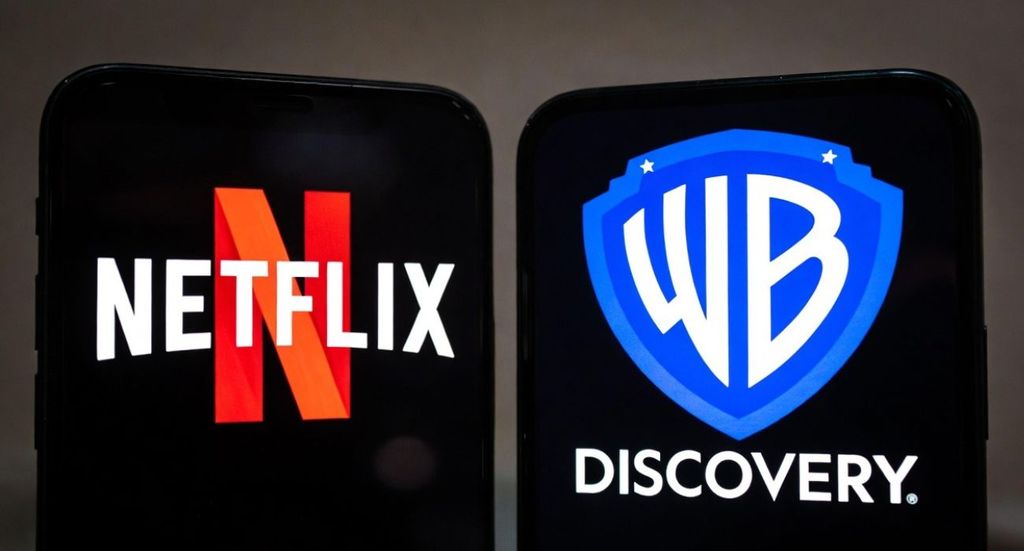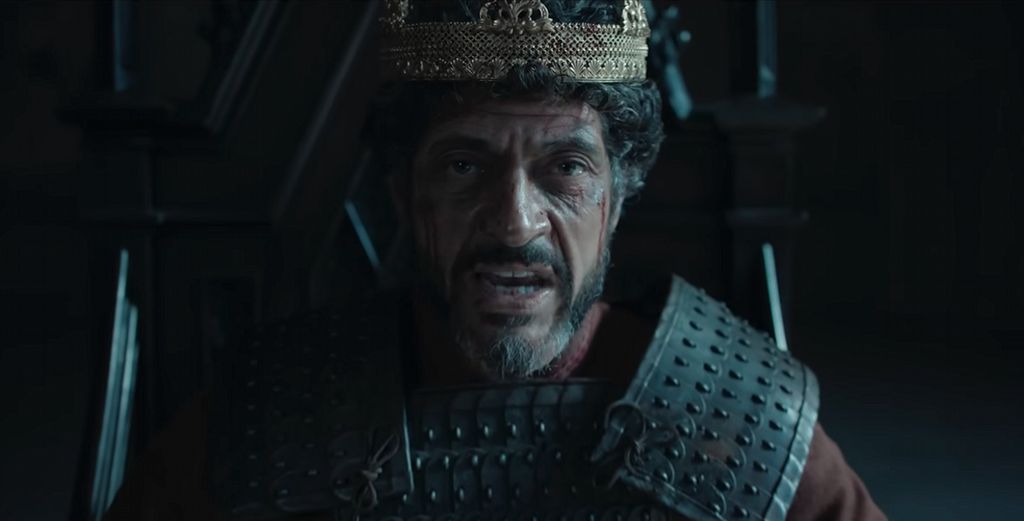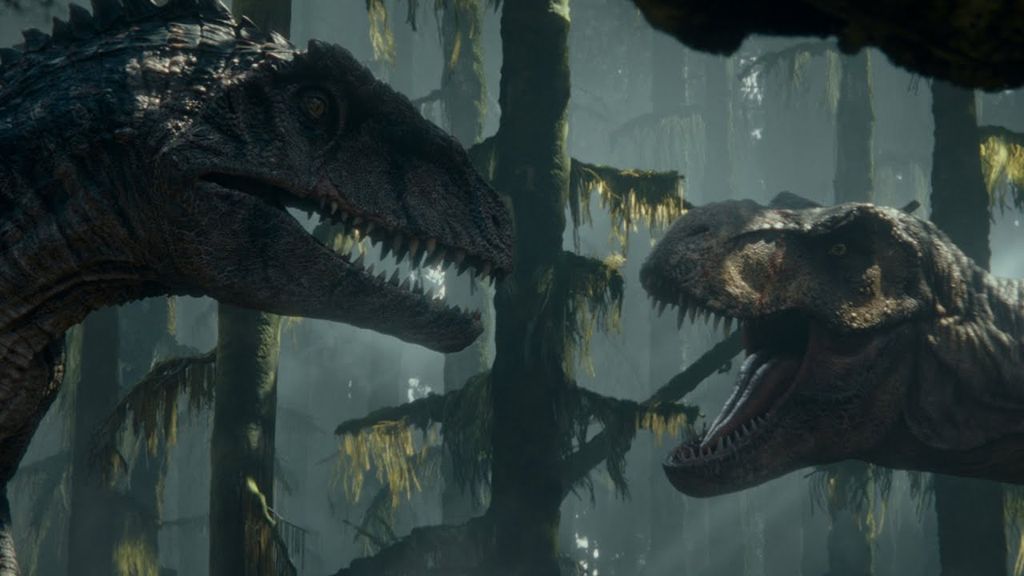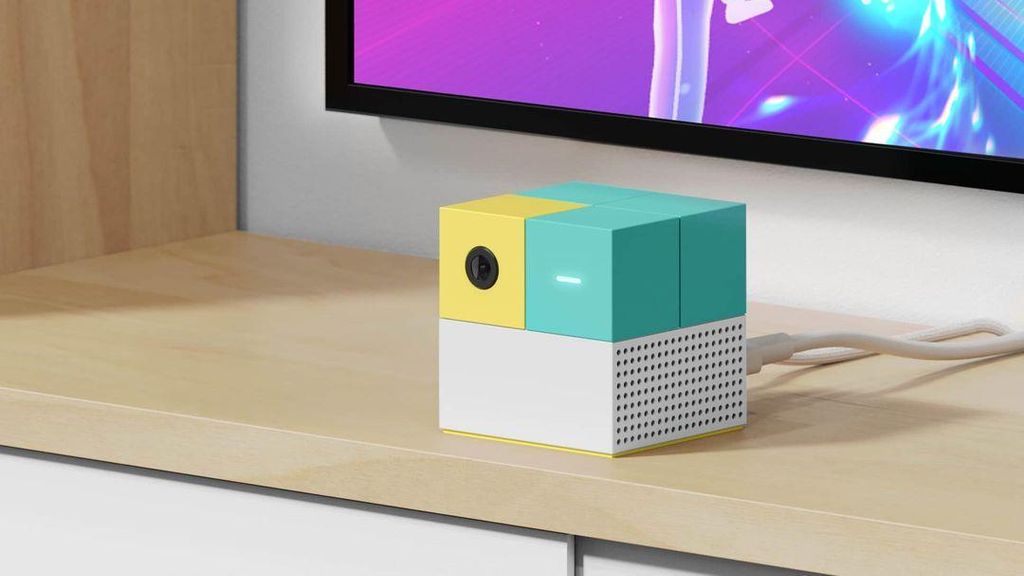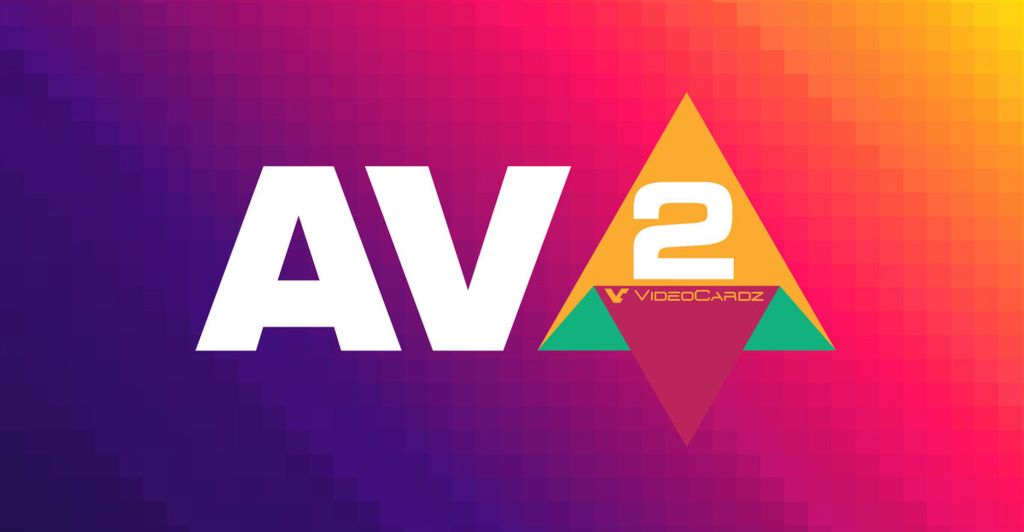
The Alliance for Open Media (AOMedia) has confirmed that the development of the AV2 codec is coming to an end after nearly five years of work. The team creating the standard — including engineers from Netflix, Apple, Google, Meta, and Tencent — plans its final release by the end of 2025.
AV, or AOMedia Video, is a family of modern video codecs developed by the Alliance for Open Media (AOMedia) — a consortium of tech giants, including Netflix, Google, Apple, Amazon, Meta, Microsoft, and Tencent.
The AV1 codecs (and now its successor AV2) were created as an open and free video compression standard, offering an alternative to paid formats such as HEVC (H.265) and VVC (H.266), which require licensing and patent fees.
What's new in AV2?
According to data presented by Andrei Norkin from Netflix, AV2 provides approximately 30% higher compression efficiency compared to AV1.
In practice, this means:
up to 28.6% lower bitrate while maintaining the same quality (YUV-PSNR 14:1:1),
up to 32.6% better results in VMAF tests.
As a result, streaming services like Netflix will be able to offer the same picture with lower bandwidth usage or better quality at the same bitrate — which is especially important for 4K and 8K content.
Performance and New Features
The research team emphasises that the advantage of AV2 does not come from a single "revolutionary" feature, but from a series of minor optimisations: larger blocks (superblocks), more accurate picture division, and improved motion prediction.
At this stage, artificial intelligence is not a key element of compression, although AOMedia is considering AI/ML-extension in future versions of the codec.
Support for 3D and multiple streams
AV2 naturally supports multi-stream video, meaning multilayer formats — from classic 3D stereo to picture in picture (PiP) and multi-angle coverage of sports events.
This can pave the way for new ways to watch films and broadcasts, such as multiple cameras from F1 races simultaneously.
What next?
According to the slide from the presentation:
all tools in version AVM-11.0 have already been tested for the hardware complexity of the decoder,
verification tests for AV2 are ongoing,
work is underway on reducing the complexity of the encoder/decoder and on 12-bit and higher profiles.
The royalty-free specification is expected to be ready by the end of 2025, but hardware support in TVs and players will only appear in a few years.
AV2 in brief
Features | Values / Data |
|---|---|
Efficiency vs AV1 | +30% (−28.6% PSNR, −32.6% VMAF) |
Supported formats | 4K, 8K, 3D, multi-stream |
Bit depth | up to 12-bit (extension) |
Planned release | end of 2025 |
Organisation | Alliance for Open Media (Netflix, Apple, Google, Meta, Tencent etc.) |
Licences | completely royalty-free |
Future extensions | AI/ML, complexity reduction, visual optimisations |
AV2 is an evolution, not a revolution — but one that can realistically reduce streaming costs and improve the picture quality in 4K and 8K films.
If all goes according to plan, the first implementations will be seen around 2026–2027 in televisions and streaming platforms.
 Katarzyna Petru
Katarzyna Petru





